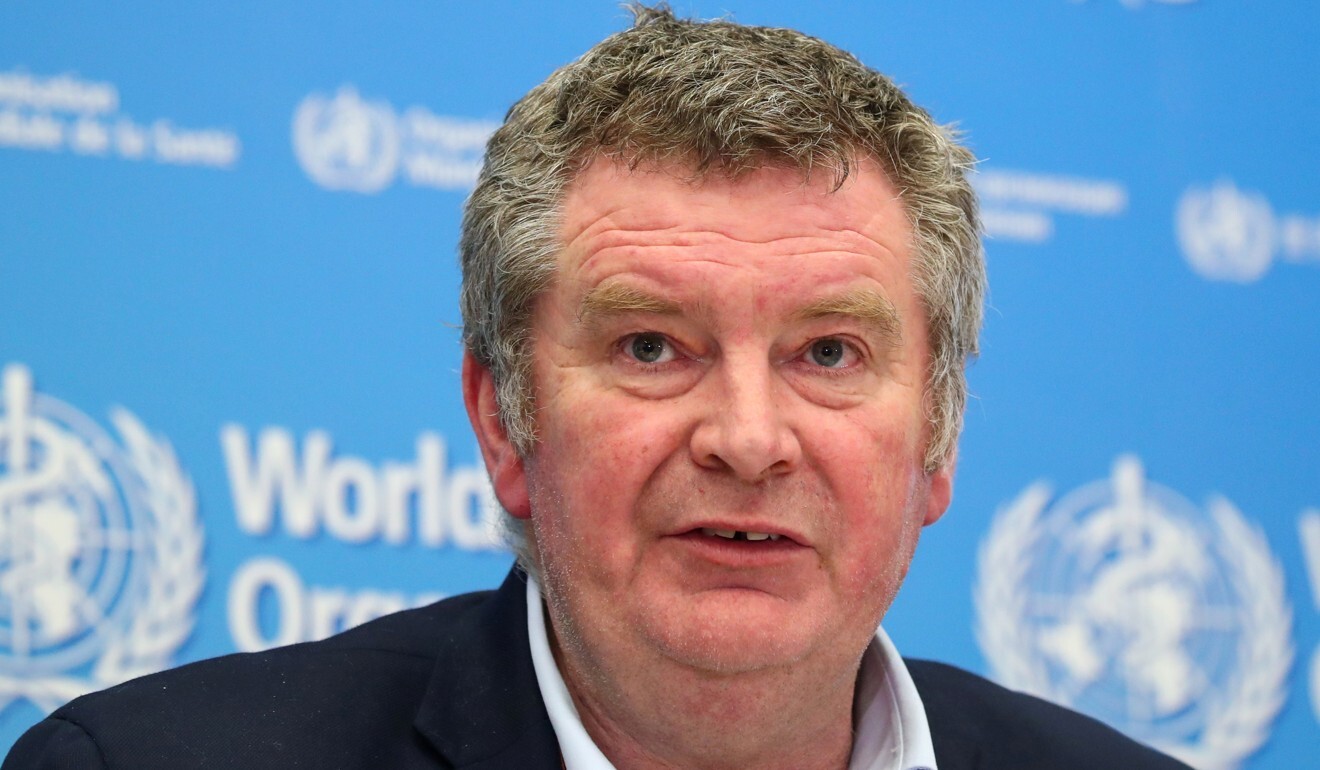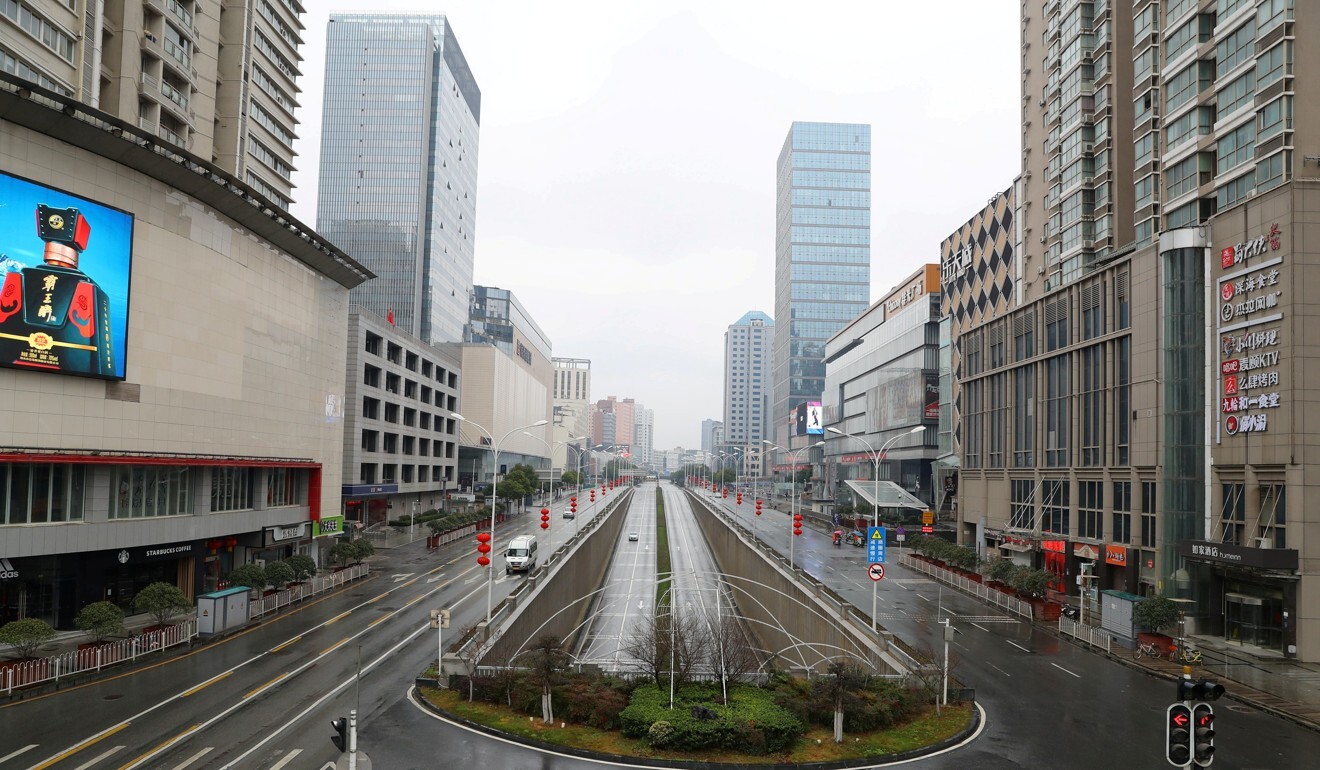
This is the first story in a 15-part series on the Covid-19 disease, one year after it first emerged in the Chinese city of Wuhan. It explores the response to the pandemic and what lessons may be learned as medical science predicts it won’t be the last.
The calls it the “panic-then-forget” cycle.
The typical pattern is an infectious disease of some form breaks out, governments and health authorities react with a hodgepodge of policies, disease is brought under control or fades away, world forgets. Repeat.
This time around it’s been 12 months since a previously unidentified virus caused a disease outbreak in the Chinese city of Wuhan in what became
the Covid-19 pandemic.
The deaths of more than 1.5 million people and counting have been attributed to the pneumonia-like illness. Lockdowns to try and stop its spread ran a wrecking ball through world economies, jobs and the social relationships that hold human communities together.
We cannot, cannot, cannot let the world forget, because the next one may not be anything but the worst one Michael Ryan, WHO
It also fired up an unprecedented drive for a vaccine and the flurry of better-than-expected trial results of candidates in recent weeks is raising hopes the cavalry has arrived, especially as countries give approvals for inoculations to start.
But for Michael Ryan, executive director of the WHO’s Health Emergencies Programme, the start of what looks to be a solution should not become another part of the panic-then-forget cycle. He warns Covid-19 won’t be the last disease outbreak.
“We cannot, cannot, cannot let the world forget, because the next one may not be anything but the worst one,” said Ryan, a medical doctor and specialist in public health and communicable disease control. “This [Covid-19] may just be a harbinger of what may come.”
Ryan made the comments at a United Nations event in October that included public health officials from Finland, France, Indonesia and other country representatives. They echoed his view that governments have to use Covid-19 to learn lessons for dealing with future epidemics.

Michael Ryan, head of the WHO’s Health Emergencies Programme, has warned that Covid-19 won’t be the last disease outbreak. Photo: Reuters
Underpinning this is a body of science that says the doubling of the human population to 7.7 billion in the past 60 years has created increased friction with wildlife habitats in competition for land, water and food. This creates opportunity for animal-borne pathogens to hop to humans and evolve to cause epidemics, just as the virus causing Covid-19 is thought to have done.
Well before this disease arrived, the WHO warned of the increased rate of so-called zoonotic diseases arising in human populations, or those that originated in animals. The health body estimates that 70 per cent of emerging diseases of the past 50 years are zoonotic, explaining why terms such as bird flu, Sars and mad cow disease became conversation topics.
The US$16 trillion virus
As the effectiveness of Covid-19 vaccines are now tested in real-world settings, the call is for commitments by governments and the WHO to prepare for the next potential epidemic.
This could mean review of industrial and agricultural practices, as well as eating, social and lifestyle habits, according to some research. It’s not just about saving lives but protecting livelihoods and those most at risk, invariably the poor, wherever they are.
That was put into another context by two Harvard University economists, who called Covid-19 the US$16 trillion virus.
That is the estimated cumulative financial cost of the Covid-19 pandemic in the US alone, according to an October report in the Journal of the American Medical Association by economists David Cutler and Lawrence Summers.
It’s also larger than the entire US$14.3 trillion annual gross domestic product of China, the world’s second largest economy.
The report argues “the immense financial loss from Covid-19 suggests a fundamental rethinking of government’s role in pandemic preparation”.
The conflicting policies of President Donald Trump have been blamed for the rapid spread of the virus in the US and causing Covid-19 fatalities higher than in any other country.
Increasingly bitter US-China relations didn’t help. Trump called Covid-19 the “Chinese virus” and said Beijing was responsible. Chinese foreign ministry spokesperson Zhao Lijian lashed back on Twitter that the US Army had planted the pathogen in Wuhan.
Not Trump
But Nobel laureate economist Joseph Stiglitz, writing in an International Monetary Fund publication, said factors behind the large number of Covid-19-related deaths in the United States were in play well before the arrival of Trump as president.
He says the US has among the poorest average health standards of major developed economies and the highest levels of health disparities. Covid-19 disproportionately affects the poor, including the deprived in advanced economies like the US.
“Unfortunately, as bad as inequality had been before the pandemic, and as forcefully as the pandemic has exposed the inequalities in our society, the post-pandemic world could experience even greater inequalities unless governments do something,” Stiglitz said.

A flurry of better-than-expected vaccine trial results in recent weeks is raising hopes that the cavalry has arrived. Photo: AFP
Doing something first of all requires figuring out what needs to be done. The WHO’s governing body, which represents 194 countries, has approved an investigation to look into what went right and wrong in the Covid-19 response, from lockdowns and travel restrictions and the lessons learned.
It kicked off in September with a 13-member panel. It will ask questions about “how WHO and national governments could have worked differently knowing what we now know about the disease”, said Helen Clark, panel co-chair and a former prime minister of New Zealand.
The simple answer would seem to be to follow the best recommendations of science.
But as countries faced repeated waves and troughs of Covid-19 infections and scrambled to respond, some of the world’s leading medical specialists clashed over methods to try to stop the spread.
They all agreed a vaccine is the answer, but in the process towards developing one, experts differed over whether the backstop cure – repeated lockdowns – was starting to do as much damage as the disease itself.
Science split
The scientific divide could be summed up in petitions that became known as the Great Barrington Declaration and the John Snow Memorandum, both signed by scores of scientists and doctors and each arguing for different approaches to fighting Covid-19 as the disease spread.
This debate got heated and turned on the issue of achieving “herd immunity”, or the point reached where enough people in a community become immune to a disease that it stops spreading.
The Great Barrington Declaration, named after a town in the US where it was proposed, argues that blanket lockdowns had become part of the problem and were causing enormous collateral damage. Governments should adopt instead what it calls “focused protection” to reach herd immunity.
In summary, it calls for authorities to focus on isolating groups identified as most at risk from Covid-19 – the elderly in nursing homes and people with pre-existing diseases, for example – while allowing others to continue life as normal.
“Of course, if there’s a vaccine, it makes it less costly to get to herd immunity,” said Dr Jay Bhattacharya, a professor at the Stanford University School of Medicine and one of three initial signatories to the Great Barrington proposal.
With Covid-19 mortality there is a very steep risk gradient by age, said Bhattacharya, a physician and expert on infectious diseases and vulnerable populations. Based on current studies, people aged under 70 have a 99.95 per cent survival rate, while it is 95 per cent for those over 70, he said.
“That’s the main fact underlying the Great Barrington Declaration” and the call for focused protection for those most at risk, Bhattacharya said.
Dr Martin Kulldorff, professor of medicine at Harvard University and an epidemiologist, or specialist in disease outbreaks, is another founding Barrington signatory. So is Dr Sunetra Gupta, a professor at the University of Oxford and also an epidemiologist.
Despite the heavyweight backing and thousands of signatures, the Great Barrington Declaration was attacked by other medical professionals, with some saying it seemed to be arguing for allowing Covid-19 to spread unimpeded.
WHO director general Dr Tedros Adhanom Ghebreyesus called the strategy advocated by the declaration “unethical”.
Lockdown spat
Many scientists argue that lockdowns are necessary because public health systems would have collapsed without them, unable to cope with a stream of critically ill Covid-19 patients.
“When we looked at the UK and other European countries, you don’t need a very sophisticated infectious disease model to tell you that the epidemic was doubling in size every four days,” said Dr Katharina Hauck, deputy director of the Abdul Latif Jameel Institute for Disease and Emergency Analytics at Imperial College London.
“So it doesn’t take much to calculate by what time the intensive care unit capacity would be breached, and this is what many models showed, so I think this convinced policymakers that a lockdown was the only alternative,” she said.

China’s tough early measures to curb the virus, such as locking down Wuhan, allowed it to later ease restrictions faster than any other country. Photo: Reuters
Hauck is part of Britain’s International Comparators Joint Unit to help inform the government about what other countries were doing to handle Covid-19.
She described the Great Barrington Declaration as an “unfortunate publicity stunt” that lacks credibility in scientific and “reasonable” policymaking circles.
The strategy of focused protection could only work if the vulnerable groups were placed on an “island”, she said. Hauck was not alone in her reservations.
On October 14, 10 days after the Great Barrington Declaration was made public, the John Snow Memorandum – named after one of the founders of epidemiology – was published in The Lancet medical journal and was later signed by more than 4,000 scientists.
What was possible in China is not possible in Belgium or the Netherlands or Sweden or the United StatesDr Jay Bhattacharya, Stanford University
The memorandum says the Barrington approach to allow infection in a low-risk group to protect a high-risk group is a “dangerous fallacy unsupported by scientific evidence”.
Marc Lipsitch, a professor of epidemiology at Harvard University who signed the John Snow Memorandum, did note some agreement between the two petitions.
Both agreed on three points: the pandemic’s impact on the economy has been catastrophic; keeping schools open, especially primary schools, should be a priority; special efforts need to be made to protect vulnerable groups.
A broader question is whether the WHO or any one country can offer a single, prescriptive model for how to deal with the kind of public health challenges thrown up by Covid-19.
No comments:
Post a Comment